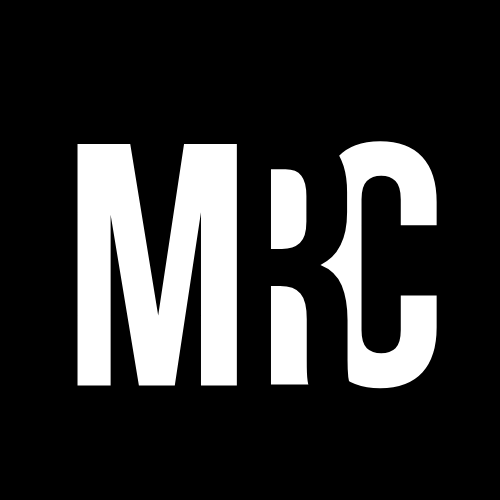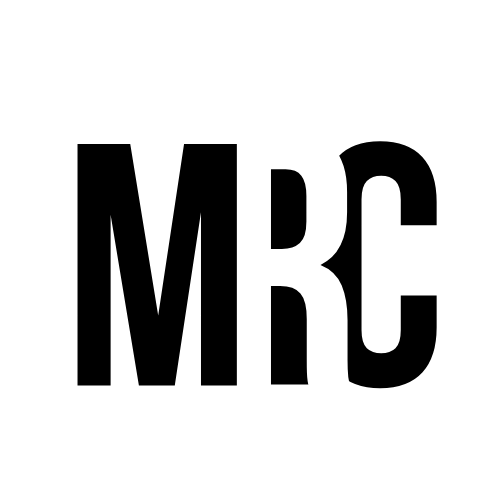Indigenous Joy
We need more stories of Indigenous joy. We need more stories of Indigenous success. The world hears day after day about the challenges facing Indigenous people. And everyday, aunties, cousins and relatives from every corner of our community are achieving, overcoming and winning. But the positive accomplishments rarely make headlines. We all need to work hard to change this and I have some ideas that could possibly make it so!
Strength Based Stories Should Be More Common
I was ecstatic when the Governor general and the Grand Chief of AFN we're announced and dominated a couple days worth of news. It was the same week Dr Marcia Anderson was announcing statistics relating to BIPOC people and covid in Manitoba. It was a good week and I loved to see it. I loved to see it so much because even though I have the privilege of witnessing Indigenous success and Indigenous joy every day, the rest of the world sadly does not.
Reunifications.
Graduations.
Births.
Ceremonies.
Concerts.
Visits.
Housing achieved.
Case files closing.
Joy. Success. Awesomeness.
But when all of these things go right, we don't have multiple media requests to fend off like we do when Indigenous kids are hurting in poverty or families are separated or some other tragedy or disaster. We have lots of requests and headlines when politicians say or do racist things. How do we get more stories of Indigenous success into the news? Who is willing to share their stories of success? Who is gonna write those stories in a safe and respectful way? What other creative ways can we tell those positive stories?
What’s in a headline?
Too often headlines are created to sound sensationalist and to get the most clicks. This often means highlighting controversial or tragic features of a news story. Whoever these editors are who write inflammatory headlines need to understand that they undermine the credibility and relationships built by their own journalists making it harder to get better stories in the future. No one wants to be reduced to a single and often negative component of their identity, just so that media outlet can get some clicks on their website. I wonder what our media would look like if we stopped doing damage with headlines? If I could write some headlines and give some advice to media makers in all spheres, here's what I’d suggest we write about:
Indigenous mother closes child welfare case file, reunifying family
Young person ages out of CFS and secures safe and affordable housing
More Indigenous graduates than ever before (to be fair, this was a real headline here)
Indigenous organizations innovate and respond to the needs of families during global pandemic
How this indigenous entrepreneur became self employed
How this neighbourhood improved community safety
And then?
So there we have it, some awesome advice to the people making the news. Butif we have news outlets that profile these awesome stories, what role does that leave for everyone else? Here are some thoughts!
For Indigenous people: keep on winning and succeeding. Please know that other people are inspired and motivated when they see you succeed. Be loud and obnoxious about the things that bring you joy or make you happy, it’s contagious in the best way.
For anyone on social media: use your platforms to celebrate these successes. You can share positive stories on your own pages, podcasts and whenever they appear in other places, all you gotta do is support by sharing those positive stories
For media, a challenge: tell one story of Indigenous joy for every story of Indigenous trauma
I believe that media should be a public education tool, and if we use platforms to celebrate success and joy, we are going to end up having more of it in the world. I truly believe that our attention gives power, and so I know that for me, moving forward, I want to give the celebrations, the successes and the winning that is happening in Indigenous communities much more oxygen, airtime and attention. I challenge all of you to be those stories of success and to share them too.


